Pain Management
I am allergic to all NSAIDs and Tylenol and Aspirin and trying to get in to a pain management clinic in the state of Washington
Endometriosis is a chronic and often painful condition where tissue similar to the lining of the uterus grows outside the uterine cavity. Affecting millions of women and individuals assigned female at birth, endometriosis can lead to a variety of symptoms, including pelvic pain, painful periods, heavy bleeding, fatigue, and infertility. While there is no permanent cure for endometriosis, there are several effective treatment options that can help manage symptoms, slow disease progression, and improve quality of life.
Understanding the available treatments is essential for anyone diagnosed with endometriosis or experiencing symptoms that may be linked to the condition. Because the disease affects each individual differently, treatment plans are highly personalized based on factors like age, symptom severity, reproductive goals, and response to previous therapies.
Treatment for endometriosis typically aims to:
There are several categories of treatment, ranging from conservative approaches like lifestyle changes and medications to more advanced surgical procedures.
Over-the-counter nonsteroidal anti-inflammatory drugs (NSAIDs), such as ibuprofen or naproxen, are often used as a first-line approach to relieve menstrual cramps and pelvic pain. For some individuals, this may be sufficient for managing mild symptoms.
Because endometriosis is hormone-sensitive, hormonal treatments are commonly prescribed to control the growth of endometriosis tissue. These include:
These therapies do not cure endometriosis, but can effectively reduce symptoms for many individuals.
For those who do not respond to medication or who have severe symptoms, laparoscopic surgery may be recommended. This minimally invasive procedure allows surgeons to remove or destroy visible endometriosis lesions and scar tissue. Surgery can also be helpful for improving fertility in some cases. In more severe or recurrent cases, additional surgeries or even hysterectomy may be considered, although this is typically a last resort.
For individuals with endometriosis-related infertility, fertility treatments such as intrauterine insemination (IUI) or in vitro fertilization (IVF) may be explored. Surgical removal of lesions may also improve chances of conception.
Many people with endometriosis find relief through complementary approaches such as dietary changes, physical therapy, acupuncture, or stress management techniques. While not a replacement for medical treatment, these can support overall well-being and symptom control.
Effective treatment for endometriosis is highly individualized. Working with a knowledgeable healthcare provider ensures that you receive a plan tailored to your specific needs and goals. Early intervention and proactive management can significantly improve the quality of life with endometriosis.
I am allergic to all NSAIDs and Tylenol and Aspirin and trying to get in to a pain management clinic in the state of Washington
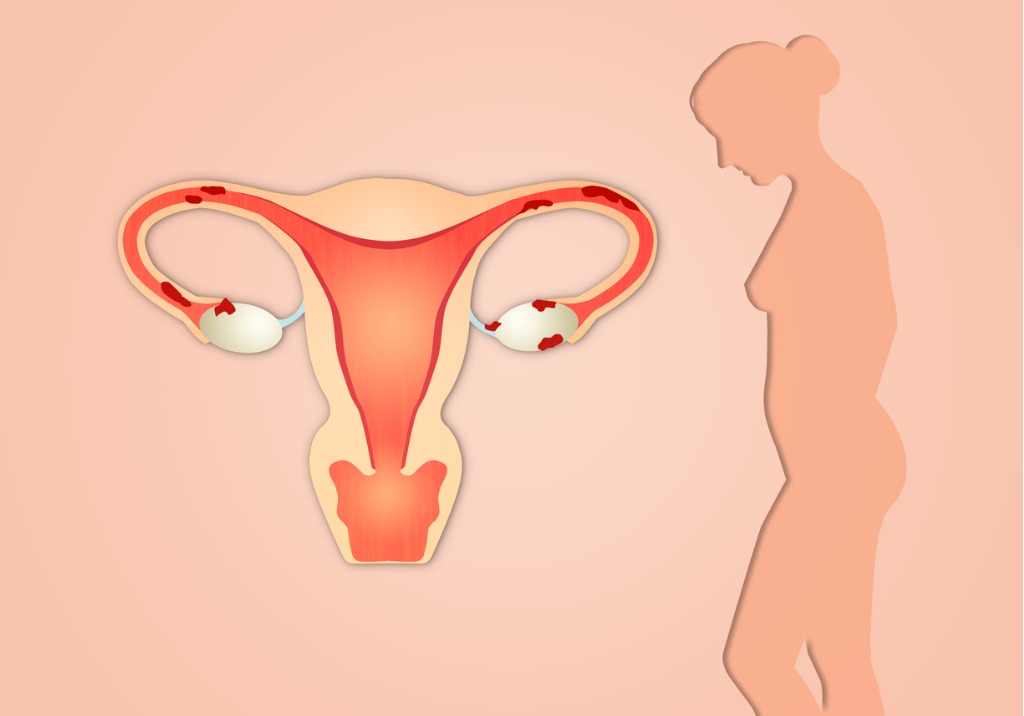
What is Endometriosis? Endometriosis is a complex disorder characterized by the growth of endometrial-like tissue (the tissue that usually lines the uterus) in locations outside
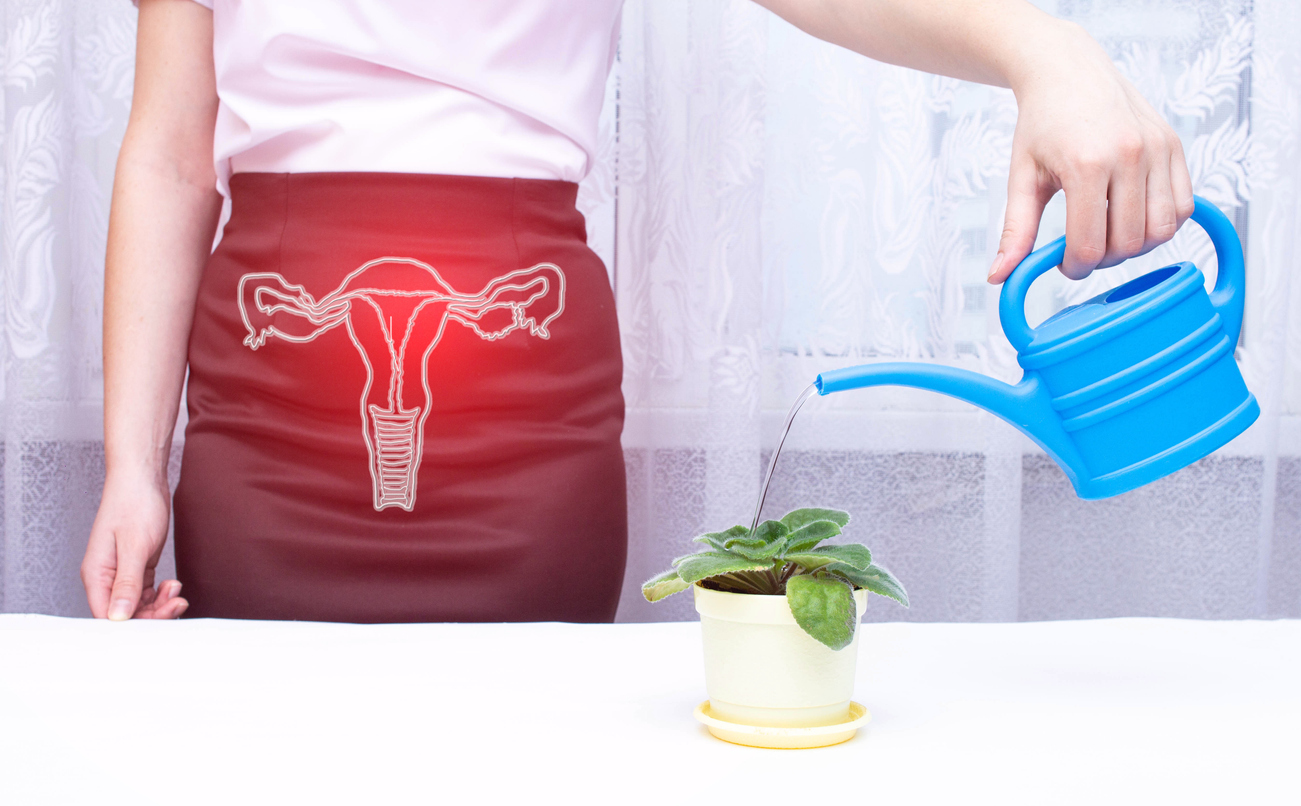
Endometriosis, bad enough when endometrial-like cells grow outside the uterus and on the surface of other organs, has an even more troubling variant called Deep-Infiltrating
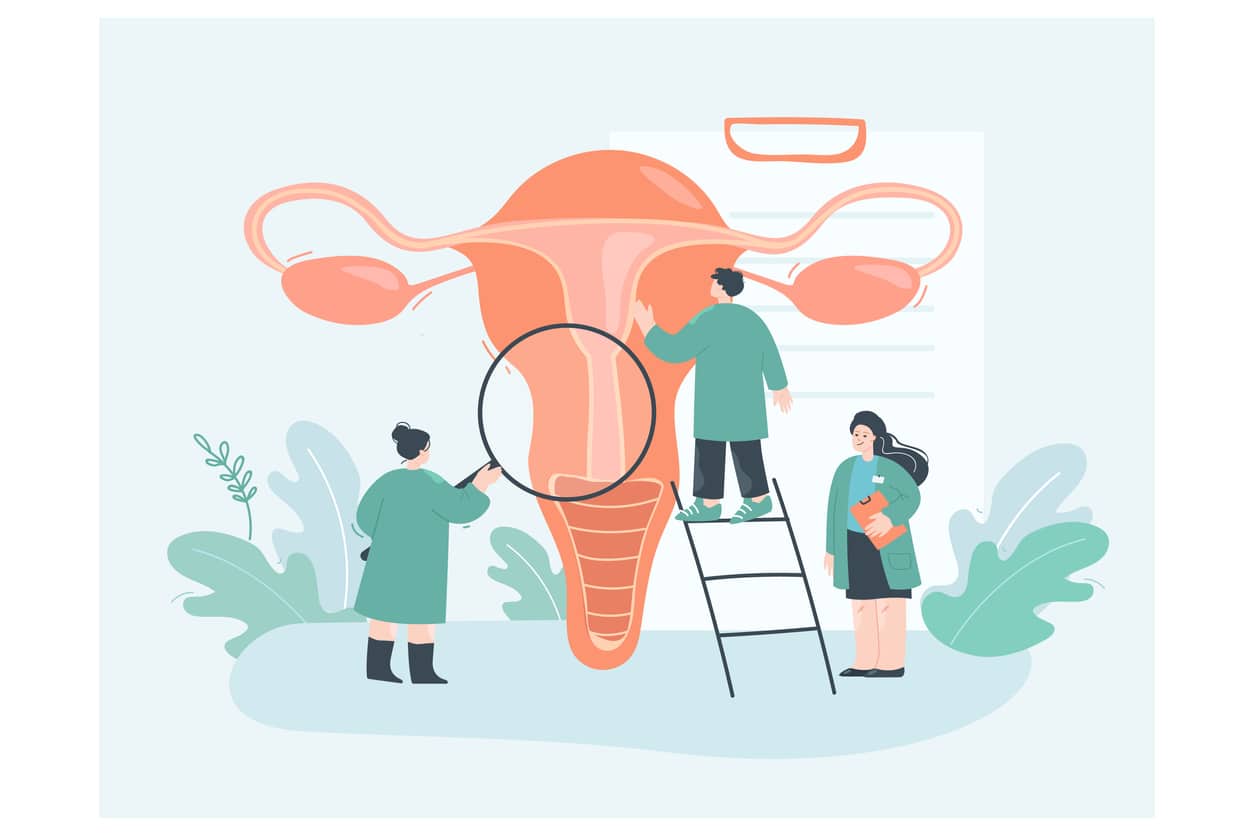
Endometriosis is an extremely painful chronic condition, which often also leads to infertility or subfertility, that affects about ten percent of women worldwide. It is
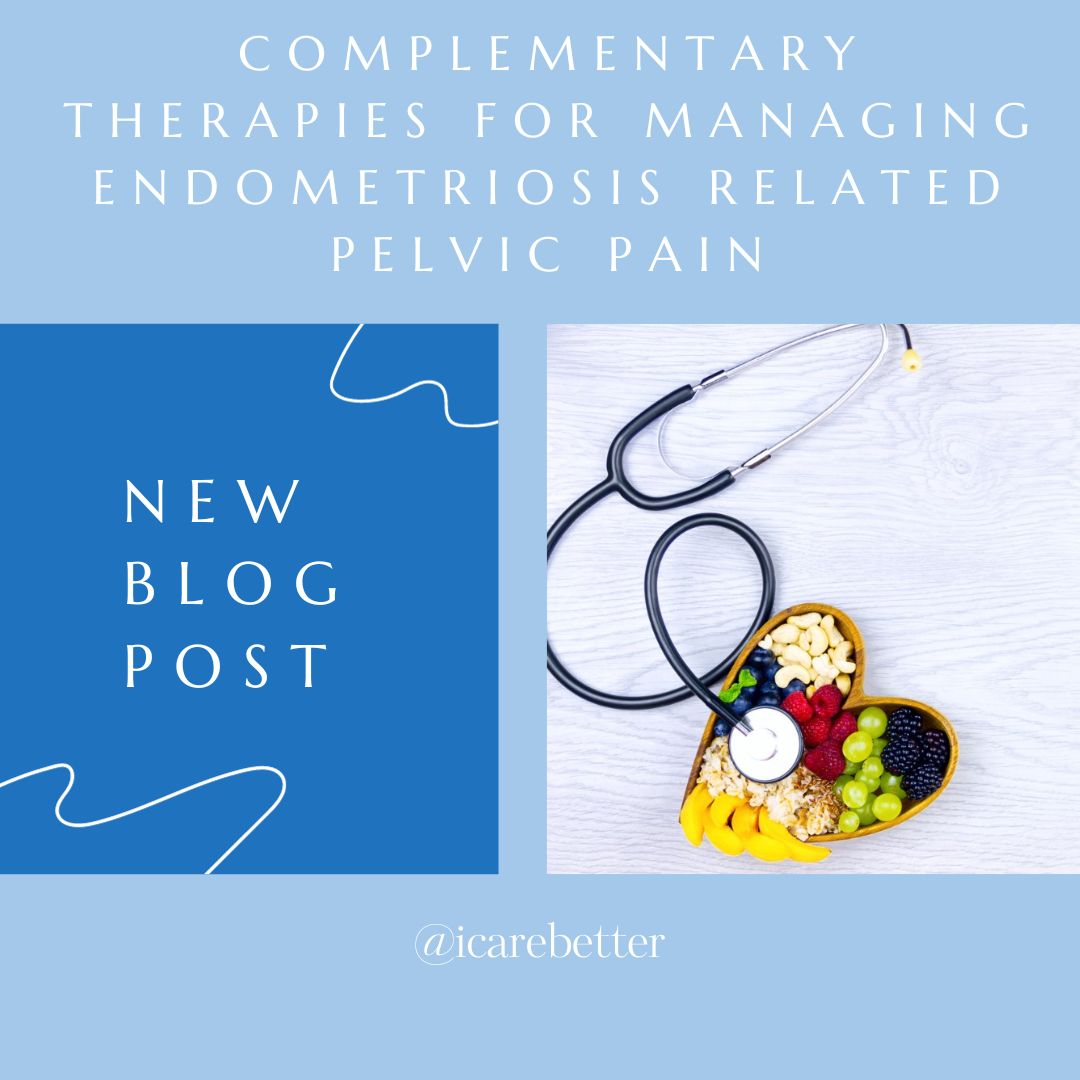
Endometriosis, a medical condition that affects nearly one in ten women worldwide, is characterized by persistent pelvic pain that can significantly hamper their quality of
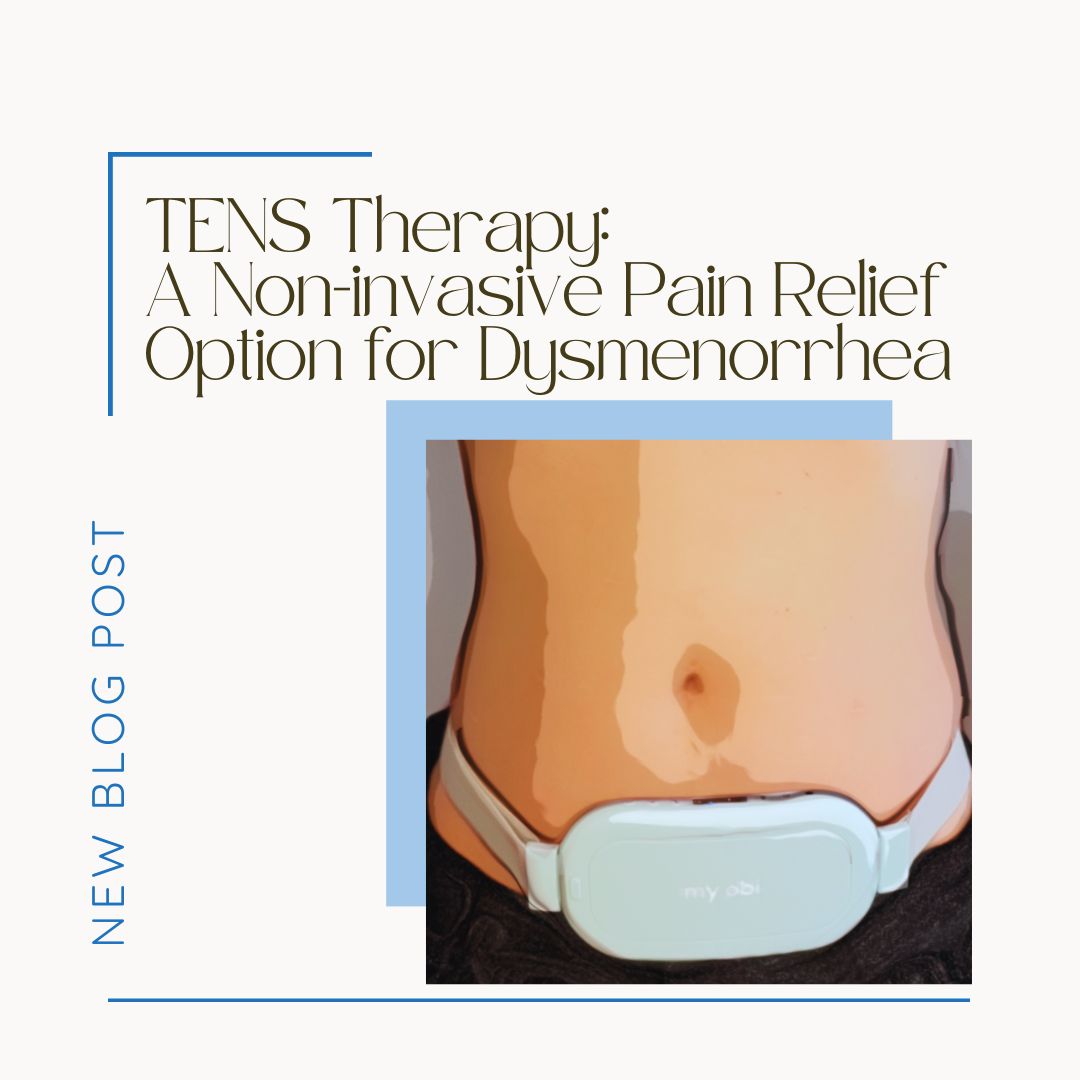
Dysmenorrhea and endometriosis are two common health issues that many women face. These conditions often cause severe pelvic pain, disrupting everyday life. Pain relief for
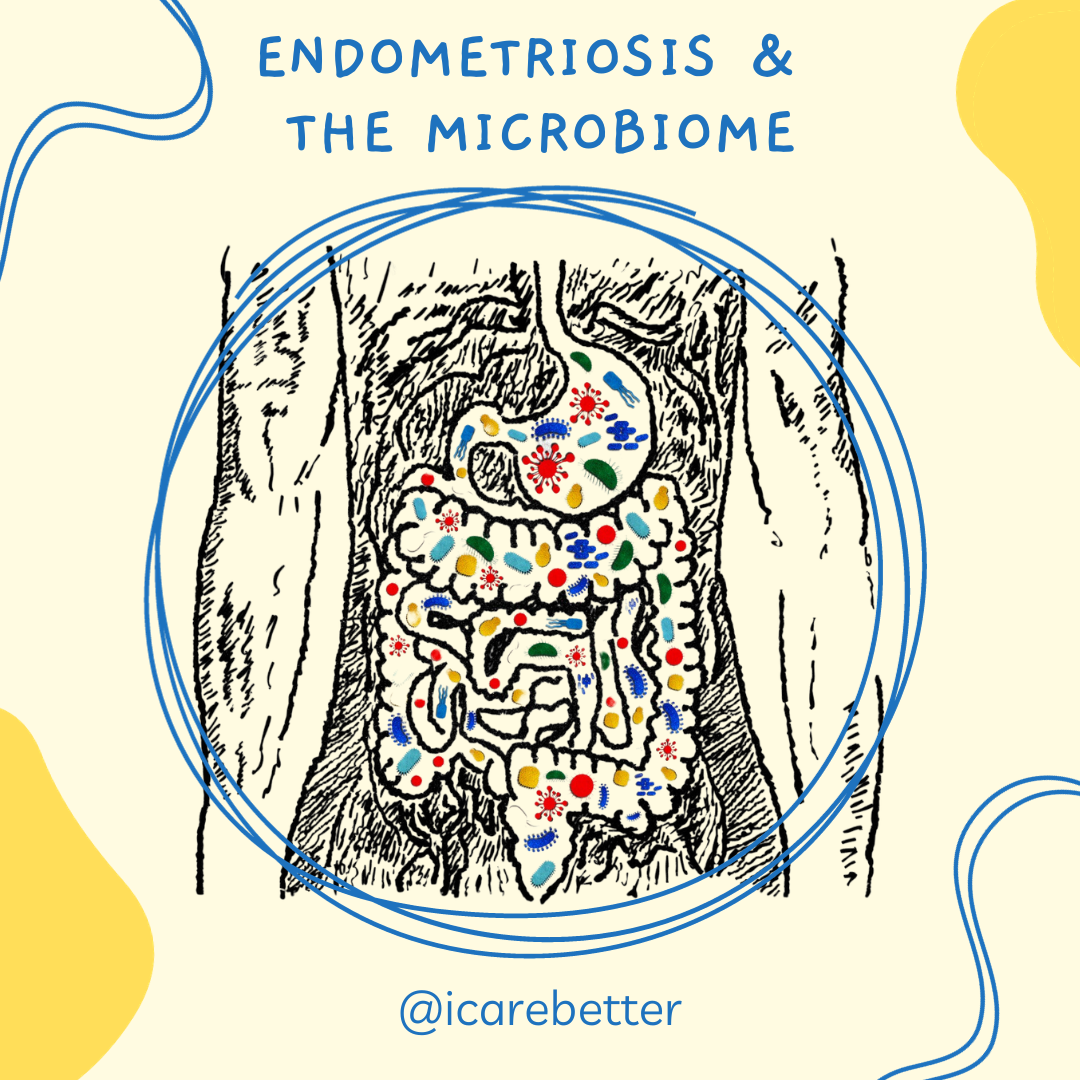
Endometriosis is a multifaceted, heterogenous, inflammatory condition that impacts 10%-15% of women (XX) in their reproductive years, most commonly associated with chronic pelvic pain and

Endometriosis is a complex, multifaceted health condition that predominantly affects women of reproductive age. Characterized by the growth of endometrial-like tissue outside the uterus, this

Endometriosis, a chronic condition, is often associated with the fertile years of a woman’s life. But what happens when these women reach menopause? Can the

The Endometriosis Roller Coaster: Understanding Recurrence and How to Prevent It Surgery is a cornerstone for initial diagnosis of endometriosis and is an effective treatment

While there is no known cure for endometriosis, several mainstream treatment options can help manage the symptoms and improve quality of life. These are primarily
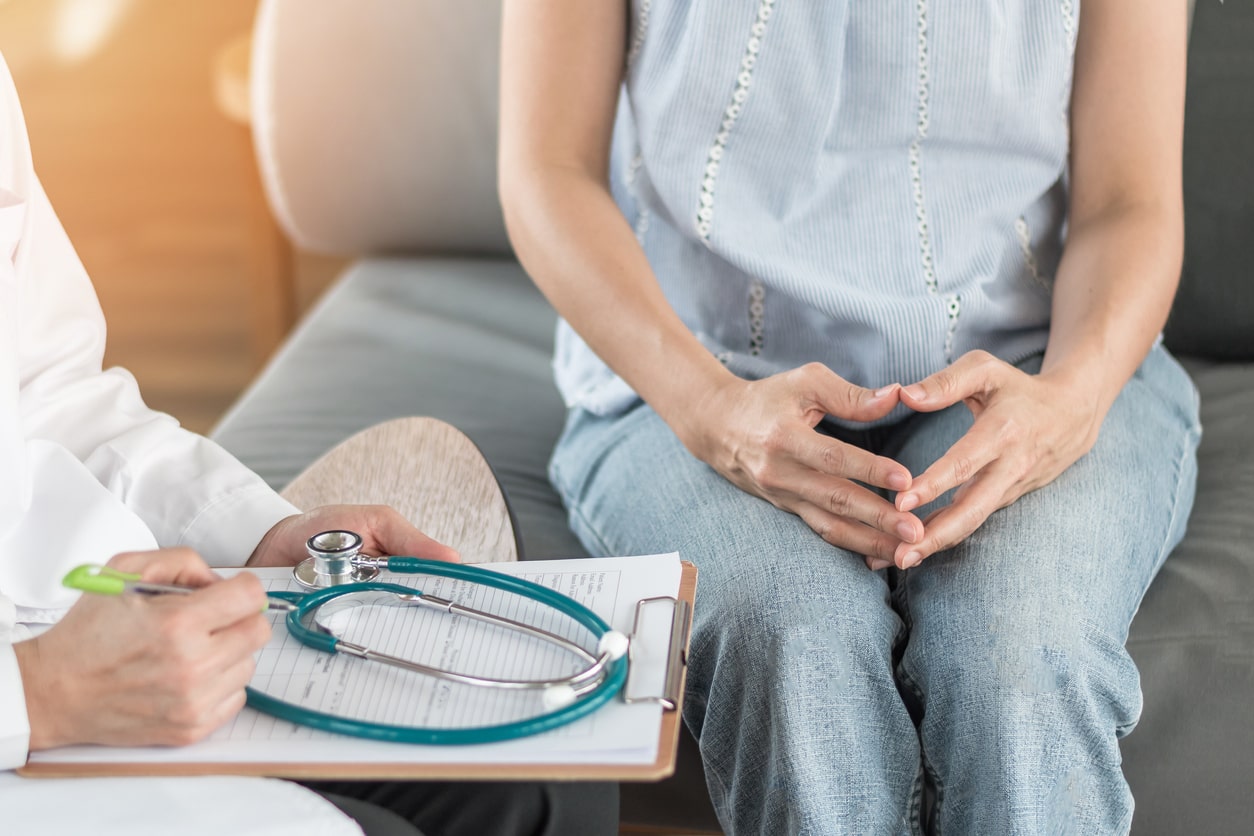
Endometriosis is a common condition that occurs when tissue similar to the interior layer of the uterus grows outside the uterus. These pathologic tissues respond